Written by Vivienne Steele, Anna Manore, and Carlee Wright - MSc Candidates
It is night time here at Land's End, on the Homer Spit - yet it is still light out. The Homer spit is about 5 hours from Anchorage; it juts out into the bay for 7km and is full of tourist shops and restaurants selling fresh-caught fish and chips. Land's End is located (surprise!) at the end of the spit, with many boats coming and going from the harbour at all hours of the day for fishing trips. The sea surrounds the hotel, with mountains all along the horizon and a volcano in the distance, too. What a place!
Anna, Carlee, LJ and Viv spent the weekend in Anchorage prior to the beginning of CASE's 2016 Arctic Epidemiology course. Based on recommendations from locals, Anna, Carlee and Viv went for a day's hike to Flattop Mountain. We took our time making it up to the clouded summit, seeing great views of Anchorage, the ocean, and mountains all around. The last 30 minutes of the hike were tough, requiring 'crawling' up by selecting the best rock-stepping options and grabbing other rocks to pull oneself up. Great views at the top. Another highlight was a walk past the Ulu museum, where the river in town hosts many salmon passing through. Always cool to see people fly-fishing and catching the big ones!
On Sunday we met with the Russian participants and headed to Land's end via shuttle, arriving in time to enjoy a welcome dinner with the Alaskan hosts and several of the Amercian students. This was a great opportunity for us to make introductions and enjoy a casual evening together.
On Monday, we settled into the classroom for official introductions with the students and faculty, and met up with the Norwegians, as well as Lindsay and Jen Jones who had arrived late from Whitehorse! The morning was full of engaging talks: birth registries in Norway and Georgia, how to compare health data globally (including some weaknesses of WHO data!), the role of contaminants in birth cohort studies, as well as stories of Salmonella enteriditis and Hanta virus outbreaks from a member of the CDC. Anna and Carlee gave their presentations in the afternoon, and got great questions and advice from those in attendance! The day's food highlights included clam chowder and salmon pâté, as well as a dinner of elk meatloaf and seafood tortellini alfredo. It is special to see “nightfall” from our hotel room - the sun appears to go down, but it never really gets dark!
On Tuesday, the organizers asked if anyone had seen the otter giving birth on the beach that morning - apparently otters move from water to shore while in labour. Over lunch break, we were able to check out the golden eagle perched right outside of the classroom window, who is apparently caring for its newborns. We had some great sessions including a talk about drinking water and rural sanitation, how to pass your PhD, and more student presentations (including Jen Jones). In the afternoon we headed out- halibut fishing time! It took 2 hours to boat to the fishing site, and during that time we enjoyed views of endless mountains, the volcano in the distance, sea otters, eagles, and all-around great weather! We all dropped our lines and were reeling in halibut within 5 minutes. Most of us caught 2 and stopped, but some of us kept going until a dozen or so had been caught and released. Finally, we all packed it in while the deck hands got to work filleting the fish - did you know that the halibut's cheek is its tastiest part? Next, the captain took us to Gull Island, which houses approximately 20,000 birds in high nesting season, with some years lacking even an inch for birds to nest, as each is taken by other birds. We saw pelagic cormorants, sea gulls, black-legged kittiwakes, murrs, puffins, immature bald eagles and a golden eagle. During the day, we also saw many otters, humpback whales, and a harbour seal! A late evening walk along the ocean brought us more sea otters, some kelp, and the desire to run out into the very chilly water. We settled into the hot tub immediately after.
Wednesday was spent in the classroom, with student presentations from Lindsay and Viv, as well as an interactive lecture on spatial analysis given by Dr. Philippe Amstislavki. Dr. Andy Gilman also facilitated a great session in the afternoon; students were divided into groups of community members, scientists, and public health officials in an interesting role-playing scenario to demonstrate challenges and opportunities in risk communication. In the evening, we went into town to enjoy the fish that we had caught the day before - much halibut for all - fried, baked and roasted - delish!
By Thursday, many of us were feeling the effects of a long week, but there was still much to do and see! After talks on breastfeeding and occupational health in Alaska (where we learned about aviation safety and some of the truths behind the TV series “The Deadliest Catch”), LJ presented her proposed PhD work on sense of place and birth experiences in Pond Inlet. After lunch, we heard a great talk on leadership from Dr. Linda Chamberlain, who used inspiring anecdotes and metaphors about her dog-mushing team before giving us all an afternoon tour of her Husky Homestead! We visited the dogs and learned a lot about the history of dog sledding and the Iditarod, with many sleds, harnesses, fur coats, fur mittens and photos around for us to admire.
On Friday, the course was wrapped-up with talks on obesity in Alaska and tips on acing academic presentations, as well as each person sharing a word that they felt reflected their CASE experience (see word map). After the return drive to Anchorage, many of us met for dinner at the famous Moose's Tooth Pub & Pizzeria. Overhead, planes (large and small) took off and landed constantly. Although it was past 10pm, it was still very bright out, and we made it back to the hostel in time for a good night's rest.
On our last day in Anchorage, we had a big breakfast to fuel a 25-mile bike ride along the coastal trail, which was fantastic! Anna took charge of the map and guided us along the trail, which detoured past the international airport and the Spenard Lake floatplane base (the largest in the world!). There were hundreds of planes parked in the water, and constant air traffic overhead. We lay on the grass to watch 747s take off above us, and didn’t have to wait long! Although Carlee had hoped to see a moose, and many Alaskans say they see them often along the trail, we weren’t so lucky. We returned our bike rentals by mid afternoon and headed back to the hostel to pack up and take a taxi to the airport. Although we have enjoyed the land of the midnight sun, we are all secretly looking forward to falling asleep under a dark starry sky back home in Guelph. Thank you to all of the organizers of CASE 2016 for a rewarding, engaging, and unforgettable experience in Homer!

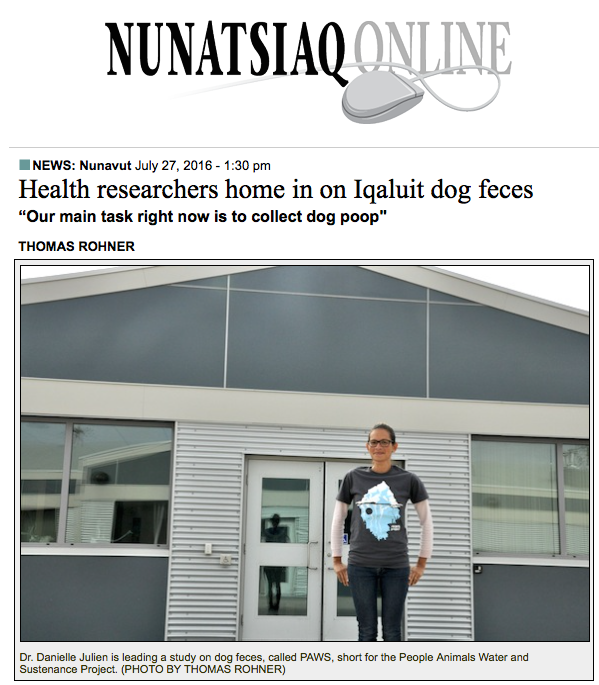
 Congratulations to Anna Bunce on her recent publication in Natural Hazards, entitled Vulnerability and adaptive capacity of Inuit women to climate change: a case study from Iqaluit, Nunavut.
While human dimensions of climate change research in the Arctic primarily focuses on men, Anna worked closely with a group of women to understand how climate change impacted them.
Congratulations to Anna Bunce on her recent publication in Natural Hazards, entitled Vulnerability and adaptive capacity of Inuit women to climate change: a case study from Iqaluit, Nunavut.
While human dimensions of climate change research in the Arctic primarily focuses on men, Anna worked closely with a group of women to understand how climate change impacted them.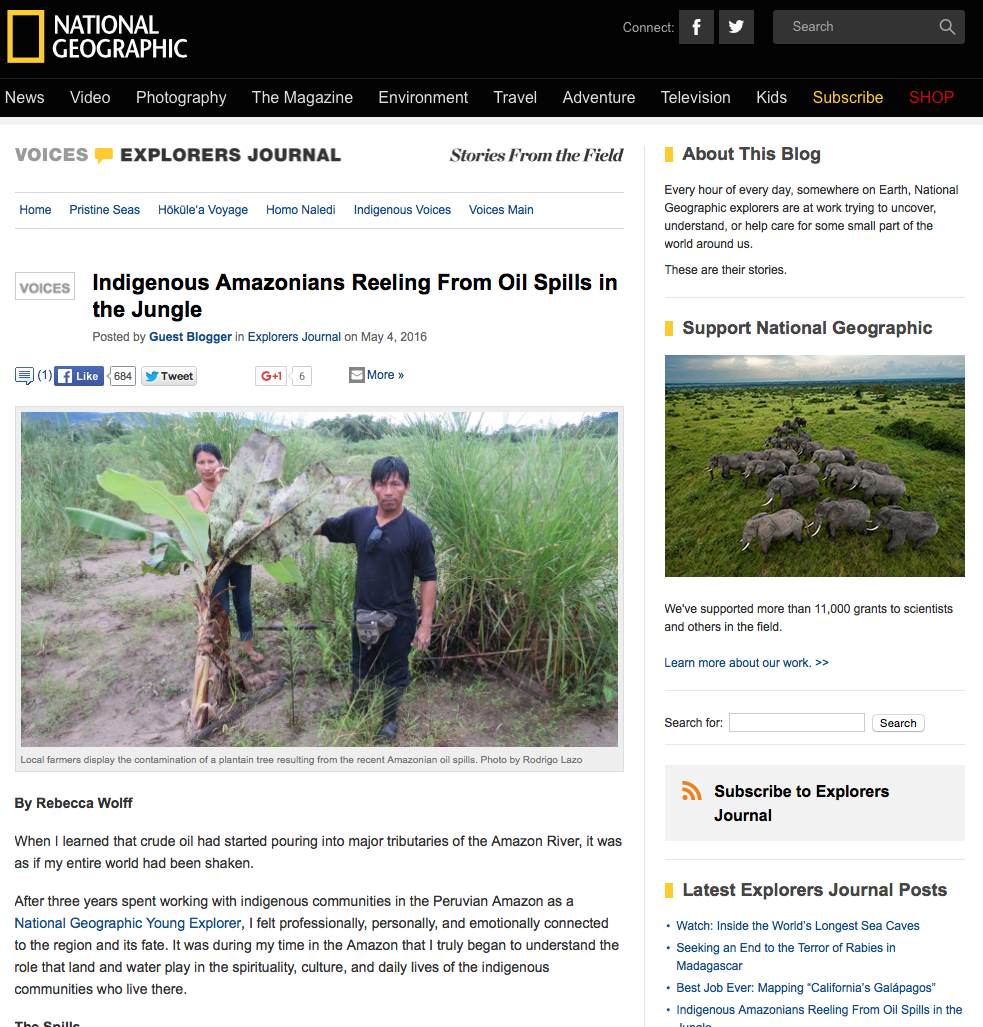
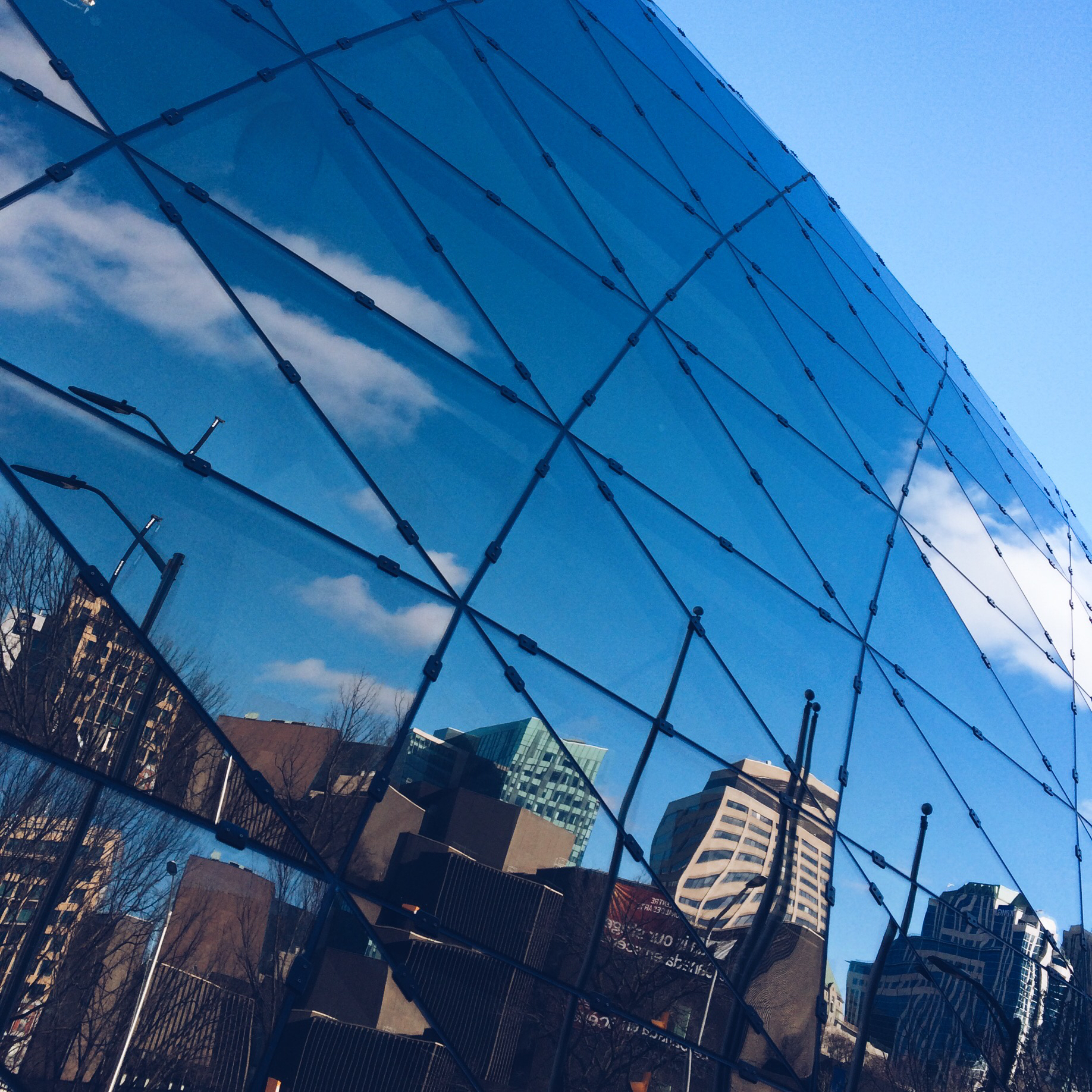
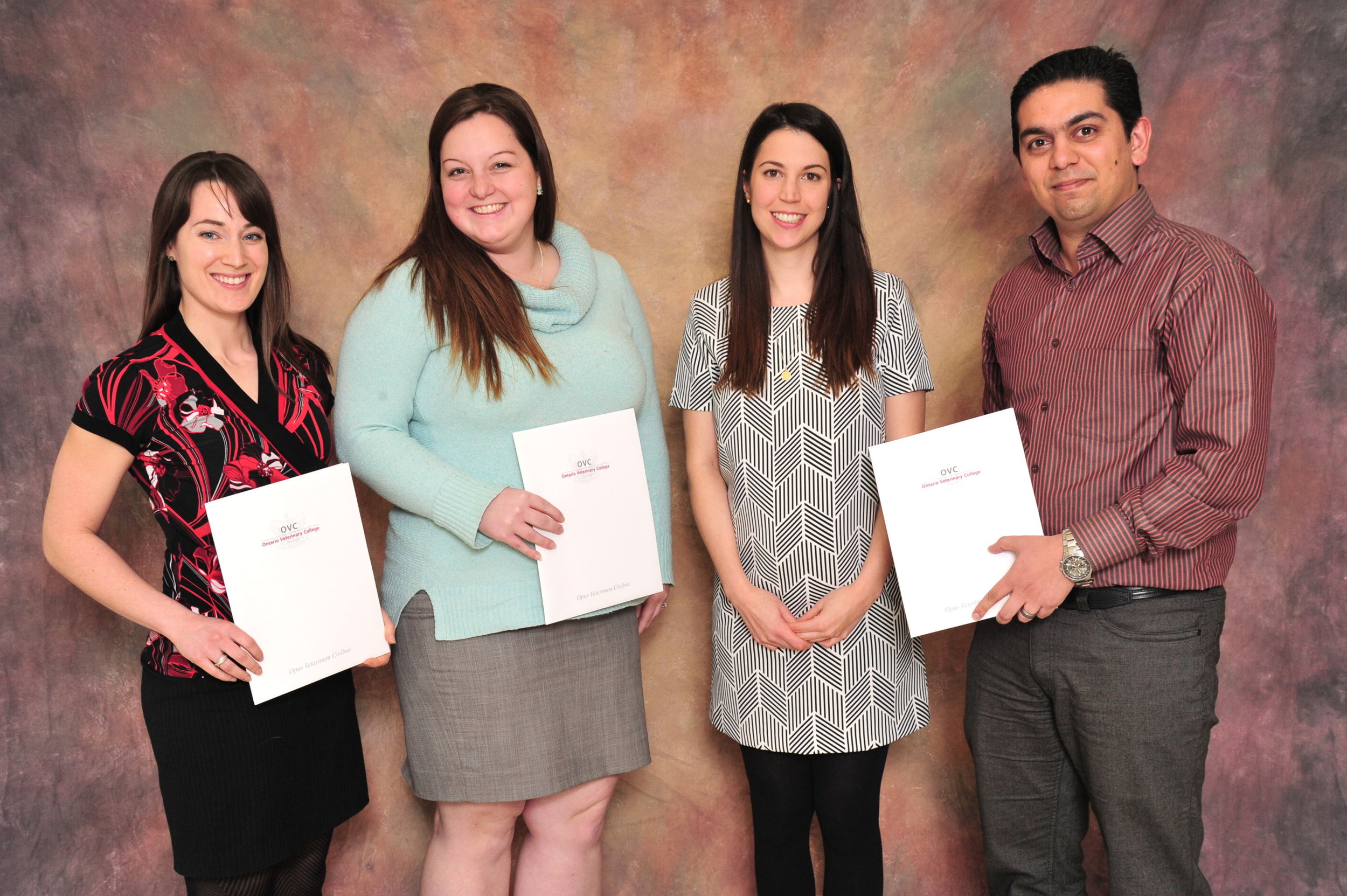
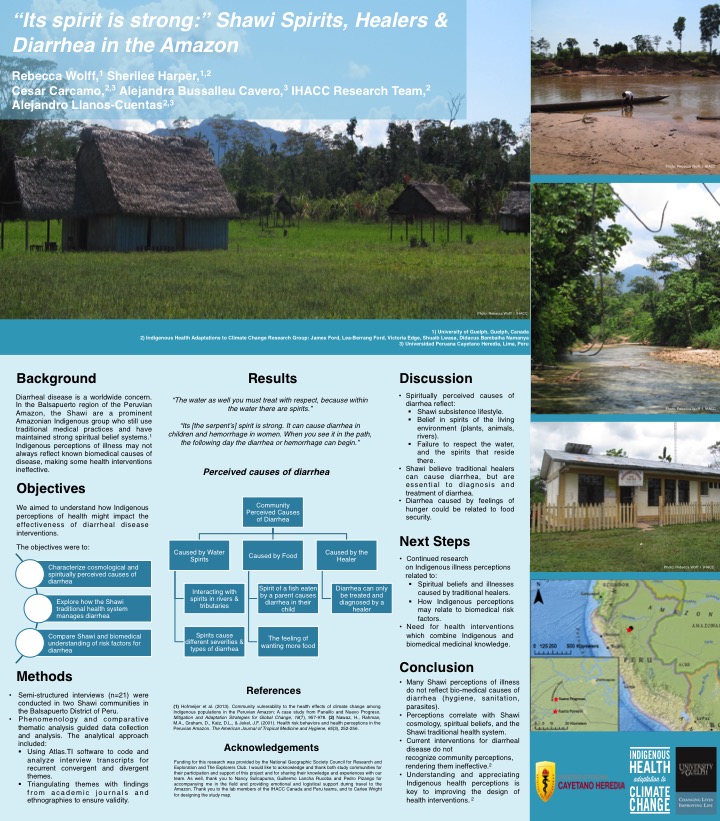
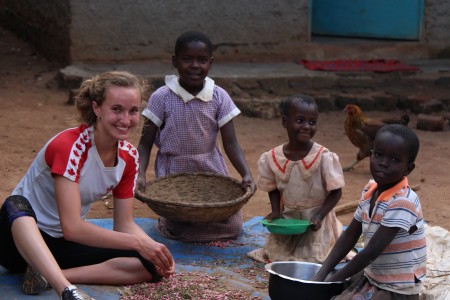
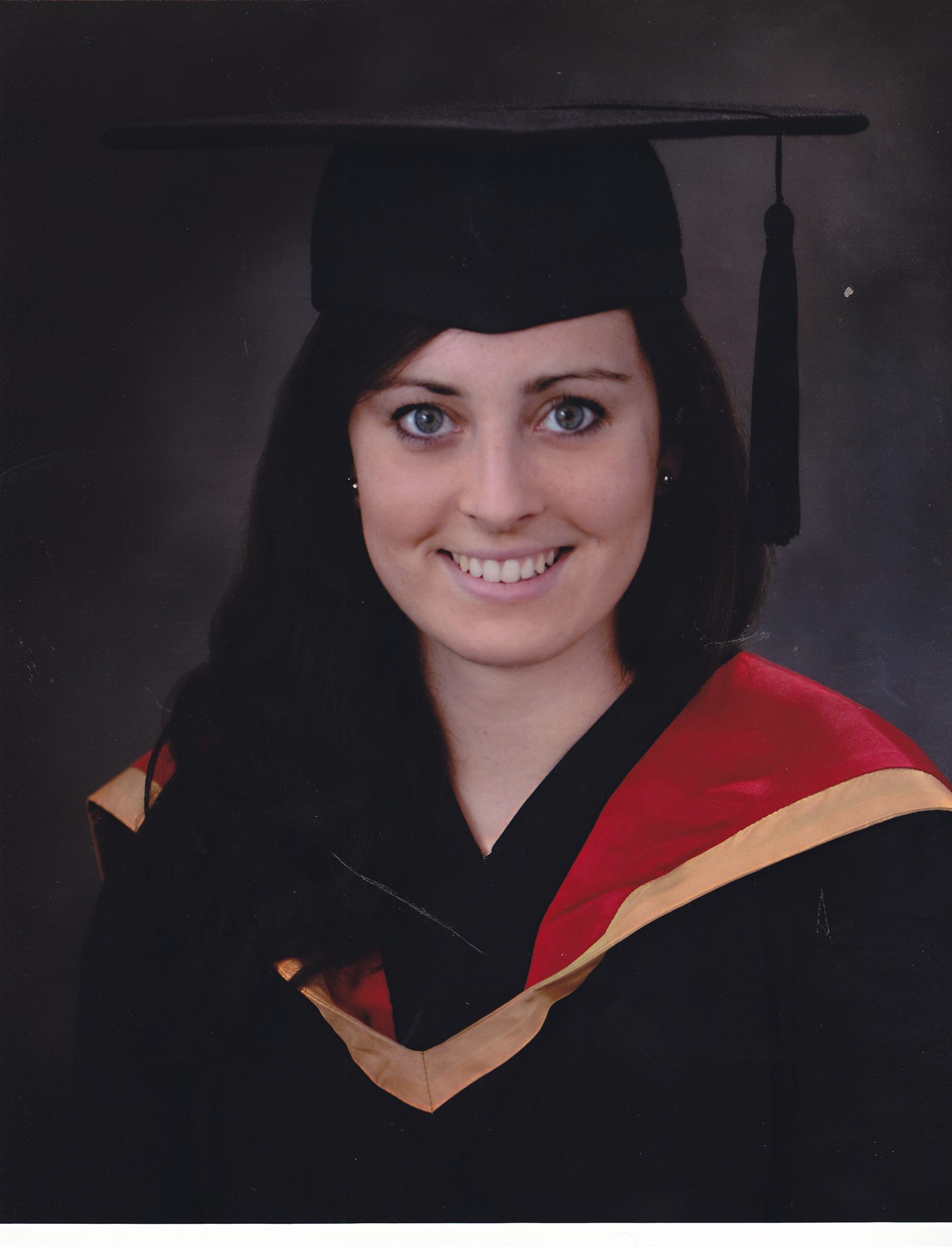 After graduating from the EcoHealth Lab where she studied childhood malnutrition, Sarah Syer is continuing her health research career as a Research Assistant at ErinoakKids Centre for Treatment and Development (Mississauga). The research project she is working on is funded by the Ontario Brain Institute (OBI) and is called CP-NET (Childhood Cerebral Palsy Integrated Neuroscience Discovery Network), which aims to improve the understanding of cerebral palsy and accelerate the development of new treatments. She is working closely with a developmental paediatrician, who is the principle investigator at the ErinoakKids site.
Interested in learning more about the organization that Sarah is now working with? Click below to learn more about OBI's plan and goals for the project:
After graduating from the EcoHealth Lab where she studied childhood malnutrition, Sarah Syer is continuing her health research career as a Research Assistant at ErinoakKids Centre for Treatment and Development (Mississauga). The research project she is working on is funded by the Ontario Brain Institute (OBI) and is called CP-NET (Childhood Cerebral Palsy Integrated Neuroscience Discovery Network), which aims to improve the understanding of cerebral palsy and accelerate the development of new treatments. She is working closely with a developmental paediatrician, who is the principle investigator at the ErinoakKids site.
Interested in learning more about the organization that Sarah is now working with? Click below to learn more about OBI's plan and goals for the project: